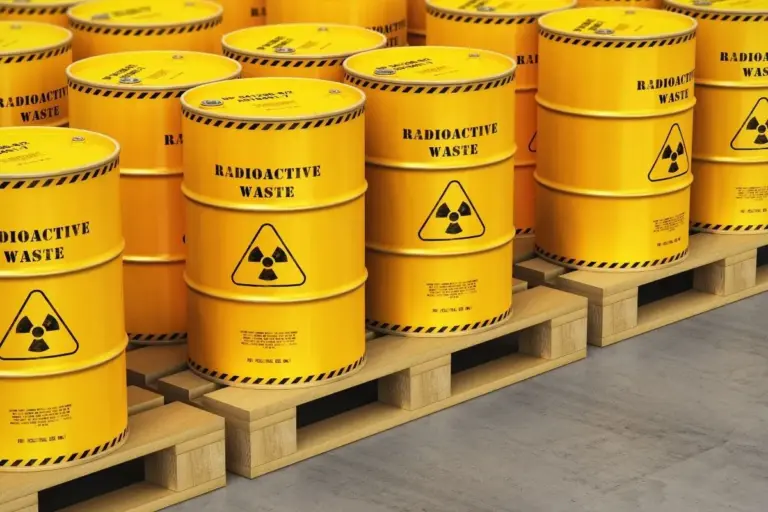Advertisements
THE environment has been a growing concern worldwide, especially for students seeking to understand and address environmental challenges. With the advancement of technology and easy access to the internet, access to content about the environment has never been so easy. One of the most useful resources for research on the subject is the Public Domain portal, created by the Brazilian government with the aim of democratizing access to a vast literary, artistic and scientific collection.
In this post, you will discover how to access this content, how to use it in your studies and other valuable options. environmental research material for students.

The Public Domain Portal: Open Access to Knowledge
The Public Domain portal was created by the Ministry of Education to provide free access to literary, artistic and scientific works in various forms of media, including text, sound and video. This collection contains materials on the environment which are extremely useful for students at different levels, whether for high school, universities or even academic research.
How to access environmental content in the Public Domain:
- Access the Public Domain portal;
- Use the search tool located on the left side of the page;
- Select the type of media you want to explore: sound, text or video;
- If you are looking for sound files, choose “Rádio Escola” and enter the term “environment” in the search;
- For PDF text files, select “Text” and the “Environment” category;
- For videos, choose “Environmental Education” as the category.
This diversity of formats allows students to access educational and dynamic content that facilitates the understanding of environmental issues.

Searching the Portal: How to Explore Content
The Public Domain portal is not the most advanced in terms of interface, but its richness lies in the variety of content available. Although it is necessary to do detailed research, the simplicity of the search tools is a positive point for those who want to find environmental research material quickly and efficiently.
Furthermore, the portal offers works that are in the public domain, which means that the materials can be downloaded and shared freely, without the need for authorization.
Tips for efficient research:
For high school students who are preparing for the Enem, the portal can be a valuable source of reference, offering books and videos that deepen knowledge about environmental issues, a recurring theme in the tests.
Use specific keywords like “sustainability,” “ecology,” “recycling,” and “environmental preservation” to get more accurate results.
Benefits of Using Virtual Research Resources
The internet has revolutionized access to knowledge, and for topics such as environment, this becomes even more evident. With a simple click, students can access a multitude of study materials, including virtual libraries, scientific articles and even online courses. These resources are essential for a complete and up-to-date education, since the environmental theme is dynamic and constantly updated.
Advantages of using virtual libraries:
- Quick and free access to quality content.
- Constantly updated with the latest environmental research.
- Possibility to explore different formats (PDFs, videos, podcasts) to enrich the study.
- Students can access content anytime and anywhere, making it easier to organize their studies.
The use of tools such as the Public Domain portal or other online libraries is an example of how technology has democratized knowledge, allowing anyone, regardless of their location, to have access to important information about the world. environment.
Other Free Environmental Research Sources
In addition to the Public Domain portal, there are several other online platforms and resources that offer environmental research material. For those seeking a more technical or academic approach, the recommendation is to explore additional sources such as:
- Google Scholar: A platform focused on academic and scientific articles. It is excellent for those who want to delve deeper into topics such as climate change, biodiversity and sustainability.
- SciELO (Scientific Electronic Library Online): Provides access to a vast collection of scientific articles and journals, many of which deal with the environment.
- JSTOR: Another academic platform with a wide variety of studies on environmental issues.
These sources complement the collection of the Public Domain portal, providing students with a more complete and in-depth view of the environmental scenario, whether in terms of natural sciences, environmental policies or socio-environmental studies.
How to Use Research Material for Academic Papers
Having access to a vast amount of content is just the first step. Knowing how to organize and use this information efficiently in academic work is essential. To do this, it is necessary to follow some important practices when preparing research on the subject. environment.
Tips for organizing your research material:
- Create categories: Divide the materials you find into themes, such as sustainability, pollution, ecology, among others.
- Use quotes correctly: For academic work, always cite the sources consulted to ensure originality and avoid plagiarism.
- Interleave formats: Use a combination of text, video and audio to enrich your content and make it more dynamic.
- Review the content periodically: The environment is a field of study that is always changing. Stay up to date by reviewing new publications.
Organizing your research in a structured way will help you develop more solid and well-founded arguments, as well as making it easier to create reports, course completion papers and other academic projects.
Making the Most of Free Environmental Content
In addition to virtual portals and libraries, it is possible to take advantage of other materials available on the internet. Many websites, NGOs and educational institutions offer free relevant content about the environment. For example, educational videos, documentaries and even podcasts that cover topics such as biodiversity conservation, climate change and sustainable solutions can be an effective way to learn in a dynamic way.
Suggestions for free environmental content:
- Documentaries such as “An Inconvenient Truth” and “Before the Flood” bring to light the environmental challenges faced today.
- Websites of environmental NGOs, such as Greenpeace and WWF, offer reports and educational campaigns that can be used as a basis for research.
These resources are valuable for expanding understanding of the topic and gaining a broader view of the global challenges related to environment.
THE environmental research material for students is more accessible than ever, thanks to the internet and platforms such as the Public Domain portal. With a vast collection at their disposal, students can explore various sources, from texts to educational videos, to enrich their studies and prepare for exams, such as the Enem.
Taking advantage of these resources is essential to gaining a solid understanding of the environment, a crucial topic in times of environmental crises and climate change. With good planning and organization, students can transform this content into practical knowledge, preparing themselves for future challenges in a more informed and sustainable way.
Check out other interesting facts about recycling clicking here.
Learn how to make art by recycling, Click here.



